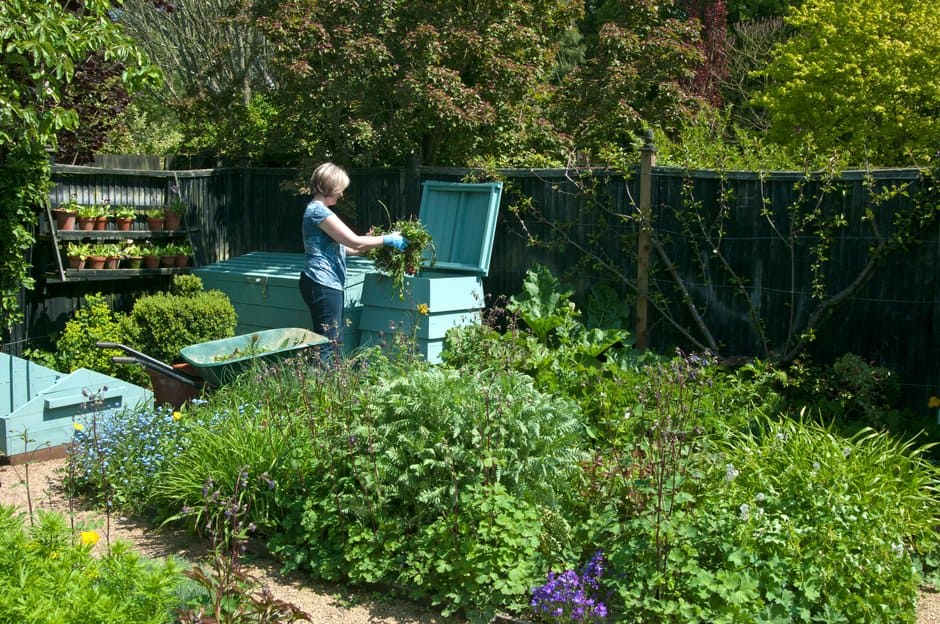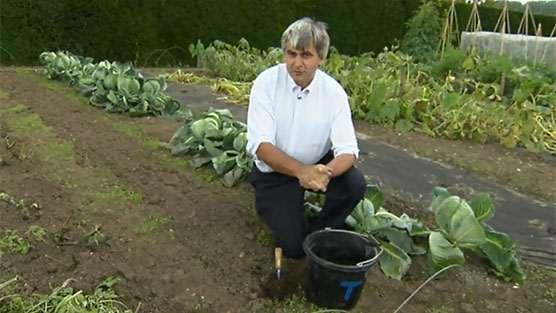Wood ash: using in the garden
Ash from wood fires, such as bonfires or wood-burning stoves, can be a useful additive to the compost heap or can be applied directly to bare ground and dug in. It can be a natural source of potassium and trace elements. It also has a liming effect, so can help to remedy excessively acidic soils.
Quick facts
Timing Add wood ash to the compost heap occasionally
Difficulty Easy
Suitable for...
When wood ash is mixed with other components in a compost heap, the resulting alkaline compost can be used as a mulch around most ornamental plants and vegetables unless, like raspberries and rhododendrons, they require an acidic soil. Fruit too performs best in slightly acidic soil, so wood ash is unsuited for use in the fruit garden.
Vegetables grow best in soil with a
Wood ash may contain useful levels of potassium (about three per cent) – a major plant nutrient associated with flowering and fruiting. However, the levels will vary depending on the age of the wood that was burnt – young wood, such as from pruning, will have a higher potassium content than older, thicker branches.
When to use wood ash
Only add wood ash to the compost heap occasionally (every 15cm/6in of material), as heavier use risks high levels of alkalinity and soluble salts that could damage plants and soil.
If applying wood ash directly to bare soil, do this in winter and rake or dig it in. This will allow the compounds in the ash that could scorch plants to react with the moist soil and be rendered harmless before spring sowing or planting.
How to use wood ash
It may be useful to sieve the ash before use, to remove debris. Avoid breathing in the dust by using a face mask and limit skin exposure by wearing gloves, boots, trousers and long sleeves.
Apply wood ash in small amounts to the compost heap – once mixed in, it will blend readily with other materials. As a general guide, you shouldn’t be able to identify it after mixing it into the compost.
Wood ash can be spread directly on bare soil in vegetable plots in late winter, at a rate of 50-70g per sq m (1.7-2.4oz per sq yd). Fork, rake or rotovate it into the soil. It can be especially useful where brassica club root is a problem.
If wood ash is applied frequently, it’s worth using a pH test kit to monitor any changes in pH and prevent levels rising over pH7.5.Never leave wood ash in the rain, as the potassium (a useful plant nutrient for flowers and fruit) is in a soluble form and is easily leached out. Ash produced from young, sappy prunings contains a useful proportion of potassium and traces of other nutrients, while older wood tends to contain lower concentrations of nutrients.

Composting

How to test soil for texture and pH
Problems
Wood ash is a useful by-product of bonfires, but there are a few things to beware of:
-
Avoid using too much wood ash, as it could make the soil too alkaline
-
Avoid using ash from treated timber as it may contain potentially harmful residues – instead, dispose of it in the council refuse collection
-
Avoid applying to soil where potatoes will be grown the following spring, as alkaline conditions can encourage potato scab
Solid fuel ash
Ash from coal or anthracite is best disposed of through the council rubbish collection, as it has little or no nutritional benefits and is potentially harmful to soil and plants, and might contaminate edible crops.
Ash from barbecues
Ash from lumpwood charcoal can be used as recommended for wood ash. But if other fuels have been used, including briquettes, the ash shouldn’t be used.
Get involved
The Royal Horticultural Society is the UK’s leading gardening charity. We aim to enrich everyone’s life through plants, and make the UK a greener and more beautiful place.